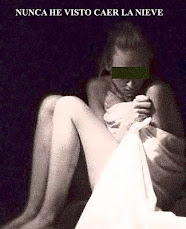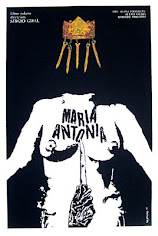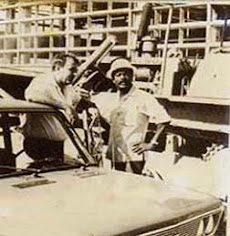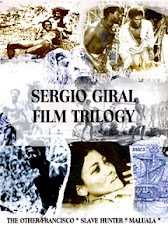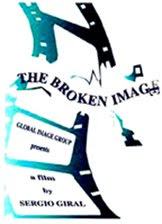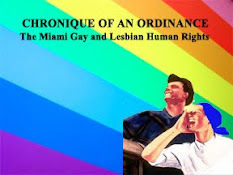By Sergio Giral
Commonly racism and racial prejudice are result
slavery and colonial power. I yet in modern world it’s possible to find it
among the most developed societies.
Let’s take for an example United State long history on racism against
the African descendant. Without the intention of making an overview on a
subject who any civilized person knows nowadays, it’s simply to remind it. United
State no matter what racist law may appear on his constitution or presidential
periods, achieved to have an African-American president; that tells all.
Nevertheless the racial situation in Cuba has a long very shameful saga.
Without the intention, once more time, of telling historical facts beyond my
films on the subject and any civilized and cultured person may know, I feel the
need to approach Black Cubans in Cuba and in exiled.
Today the Cuba government struggle to survive out of
an economical and social crisis, result of Soviet Union collapse and the
paranoid megalomaniac Fidel Castro’s regime. Day after day flirt with United
State searching for new currents to modify anti Castro laws or at least to put
a band aid on internal unrest. Things have change since those days when a
regular Cuban couldn’t visit Miami to see his or her mother die or just to
receive an award or to collect any copyright charge. Since then, many things
have change. Today a new immigration law for Cubans allows a five years visa
and to remain in USA or six months on each travel. Good for Cubans whenever
they are.
Because a regular Cuban family in Cuba lacks on the
elemental resources to survive beyond what the regime offers them or what they can achieve in a complicated and absurd
parallel economy, which may include prostitution and or any other estimated bad
choices, Miami seems to be a key dream for solution. Maybe it’s right to show
the oppressed Cubans what a democracy can offer to any simple citizen by coming
to United State, to watch how American have an Afro descendant president, a millionaire Black woman
like Ophra and how one of the most successful celebrities like Kardashian marries
a black man. That’s not the problem; the problem is what is happening in Cuba
with the Black population nowadays and what it’s going to happen someday after
the Castro regime falls. Have you ever
thought of that?
In few of my previous post I had expressed my ideas
and consideration about the subject “Regardless the Cuban government promised
social achievements such as free education and free health care, Cuba
continuously fall down into economic crisis lower down white middle class into
the traditional Black population economical status, creating a false impression
of an egalitarian society. Cubans living under
a totalitarian have developed a system of survival for their physical and
psychological needs according to what restrictions are imposed the State.
Consider well the Black population”.




